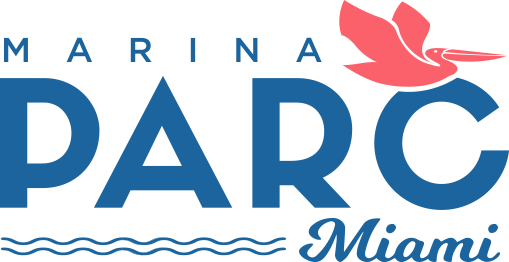Every fifth grader who attends school in South Florida knows the important role that mangroves play in our local environment, and particularly in sensitive ecosystems such as Virginia Key. Covering our coastal shores and wetlands, mangroves act as a natural habitat for native birds, mammals and fish – and as a filter that reduces water pollution.
Despite these benefits, the destruction of mangrove forests continues to take place and restoring them can be a difficult, time-intensive process.
Thankfully there are people who have dedicated their careers to environmental engineering, like Robert Riley. Riley created the Riley Encased Methodology (REM) for mangrove forest restoration, which allows mangroves to grow in high-energy shorelines where they typically cannot develop. By isolating mangrove seedlings from the harsh environment and setting up prop roots once the seedlings have sprouted, the trees have a chance to adapt to the environment and eventually become self-supporting.
Upon learning about the Riley Method, Rickenbacker Marina CEO Aabad Melwani sprang into action. After a handful of failed attempts at planting mangrove seedlings, Melwani discovered that the marina was home to a high-energy shoreline that made cultivation a challenge. He commissioned Riley to plant REM encapsulated mangrove seedlings along the coast, and today the young mangroves are thriving near the water.
To learn more about mangrove reforestation using REM technology, visit www.mangrove.org.

 Previous Post
Previous Post